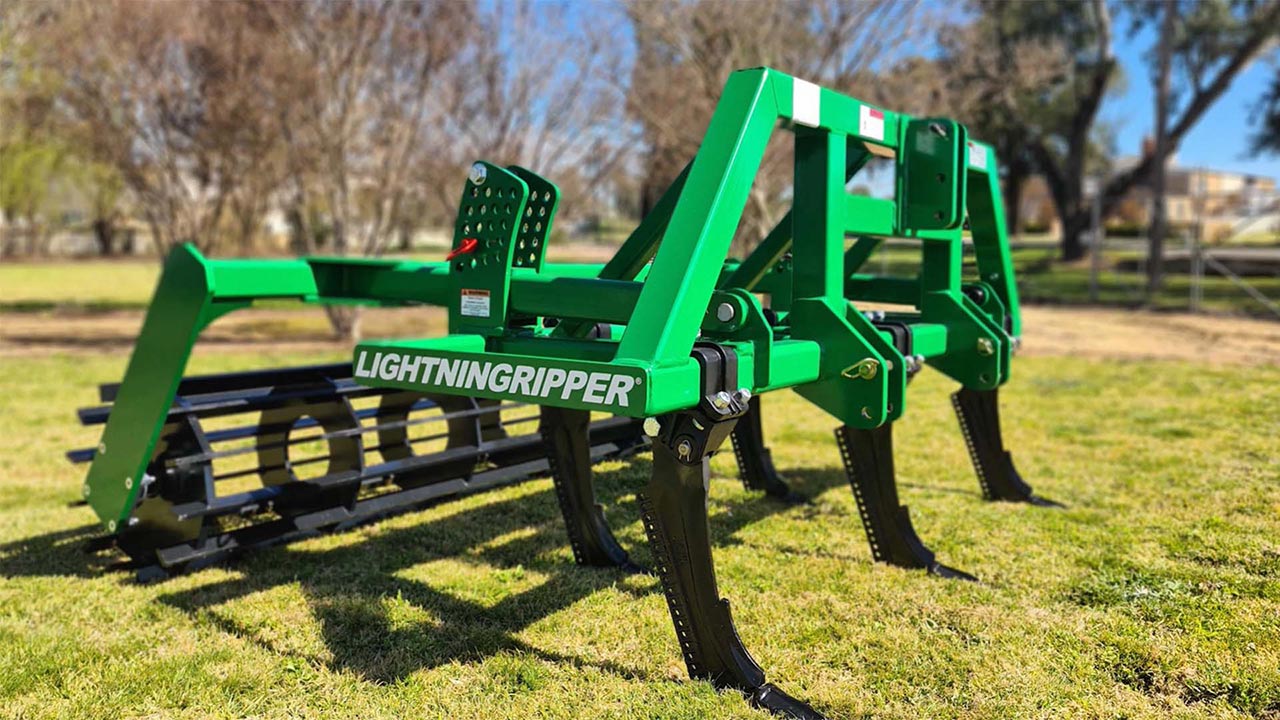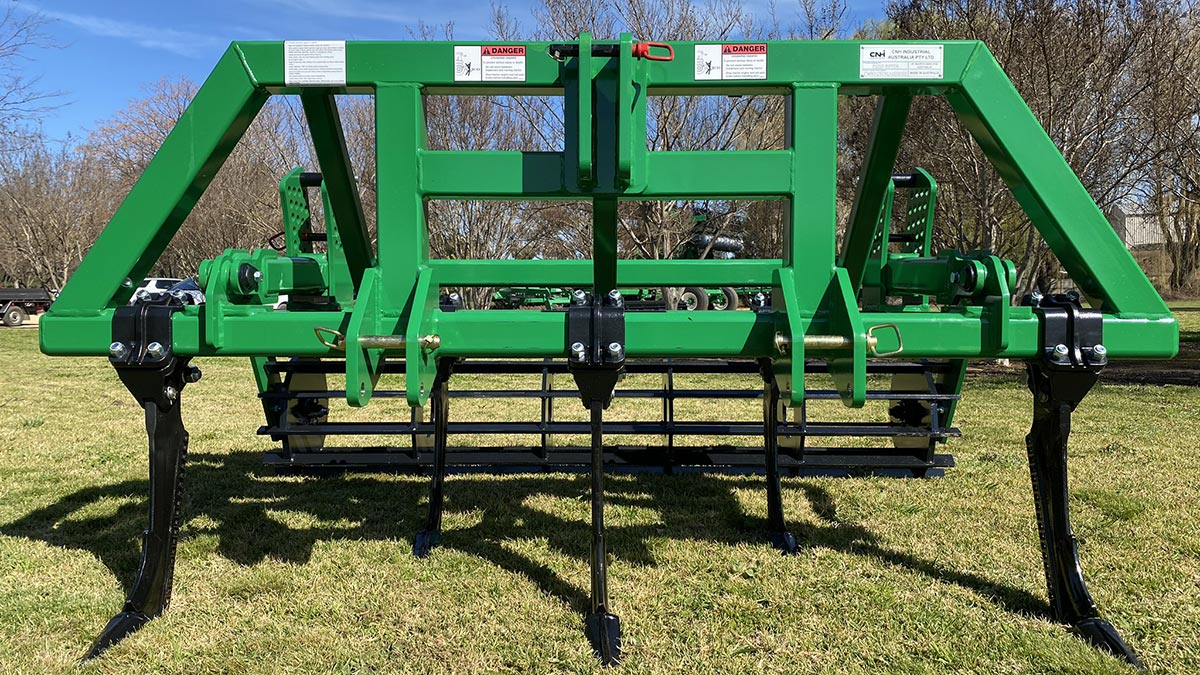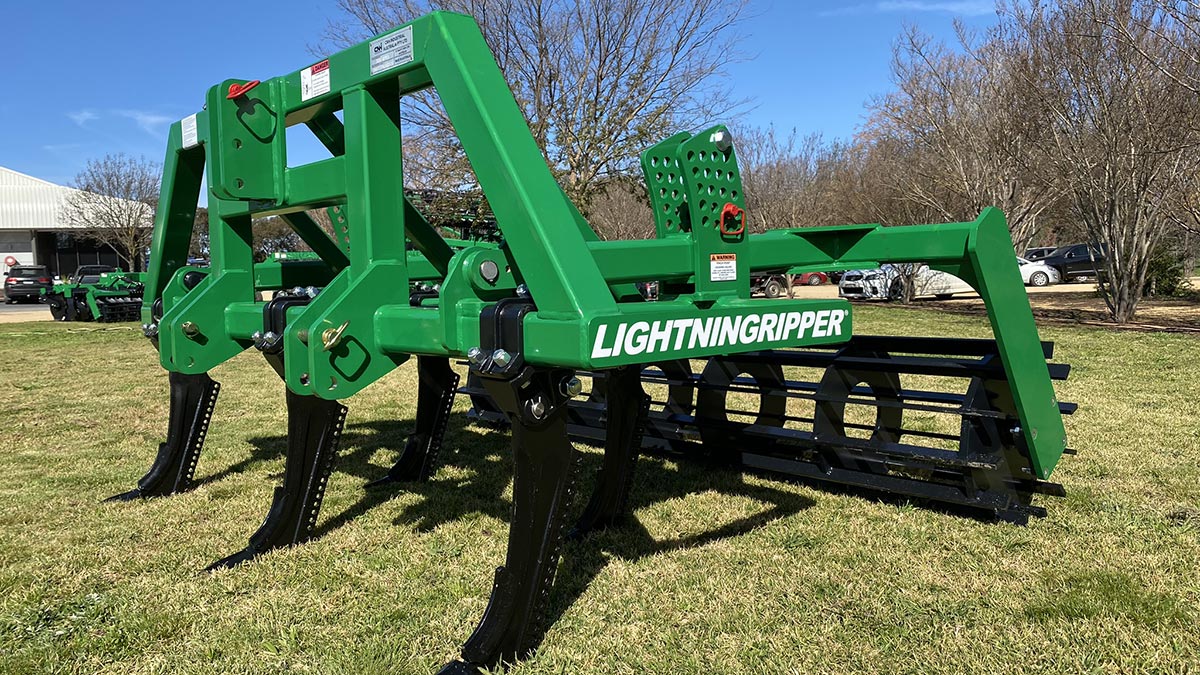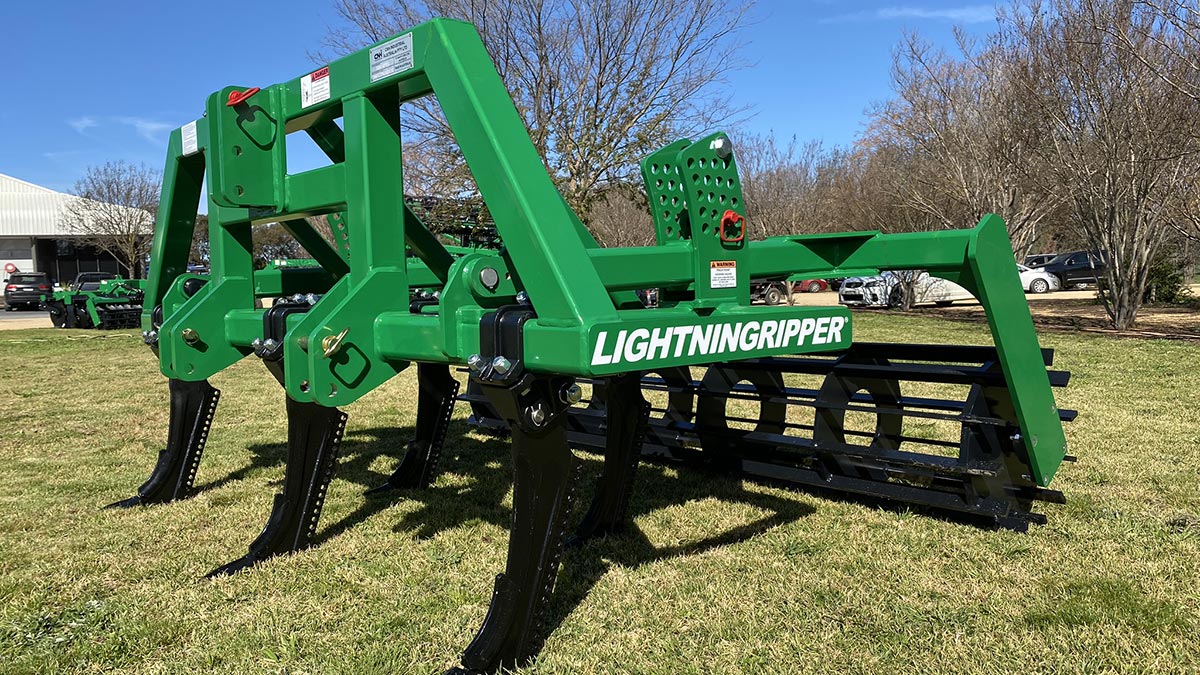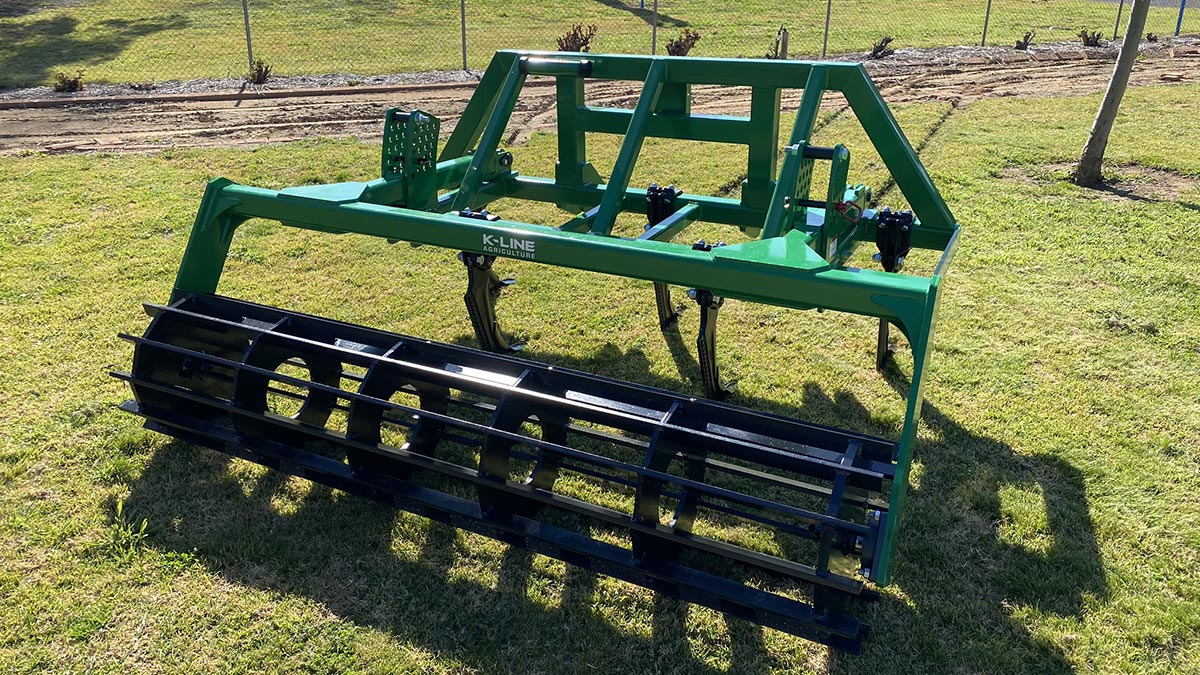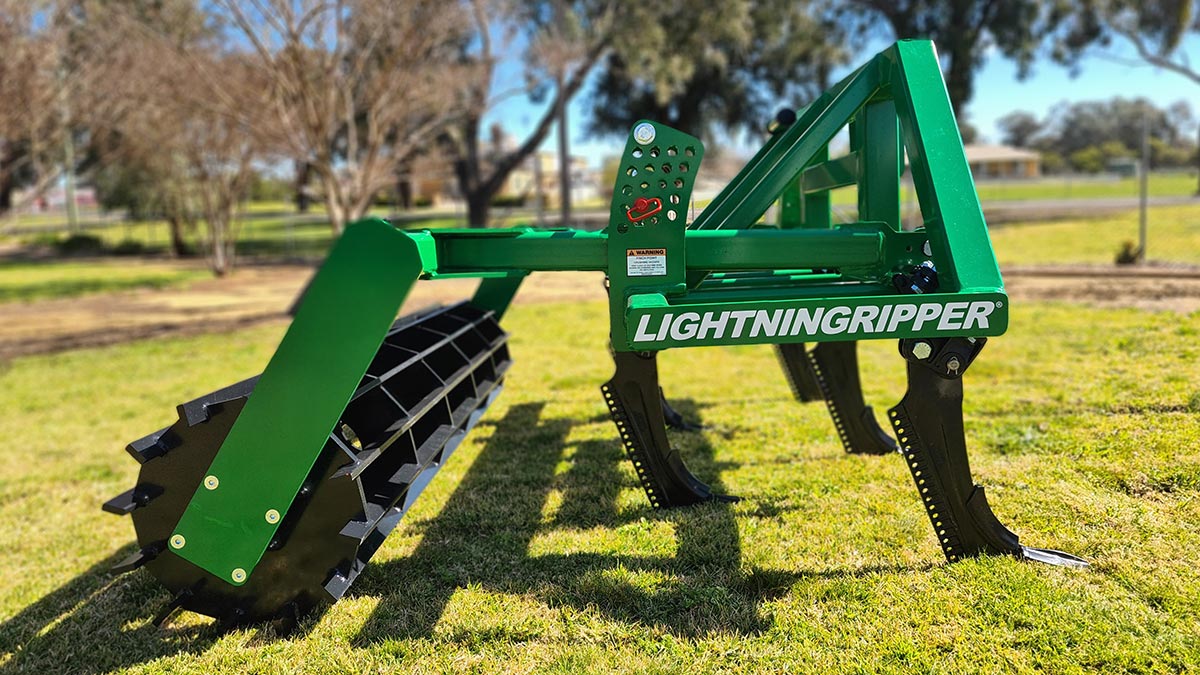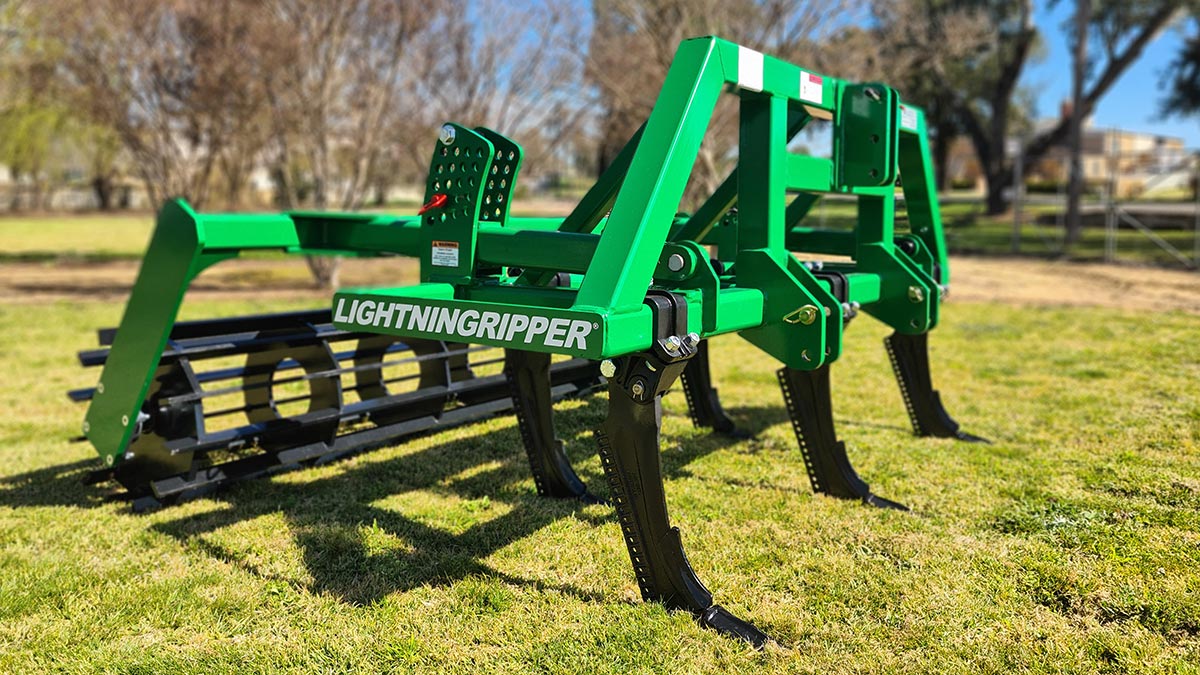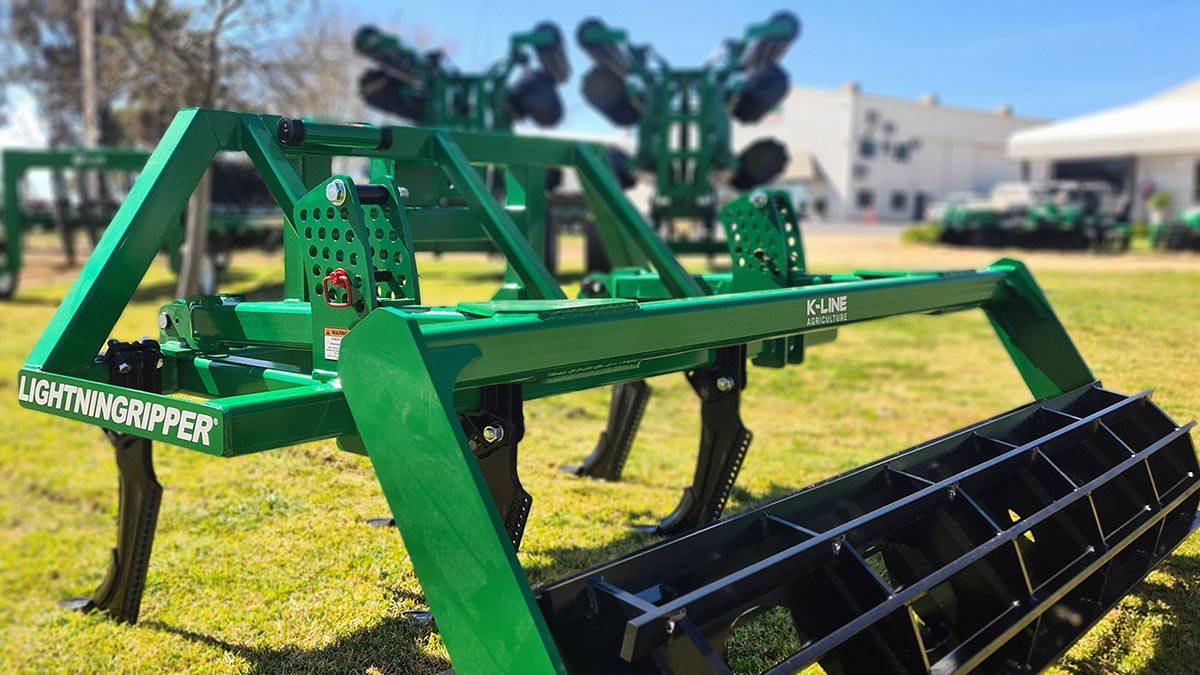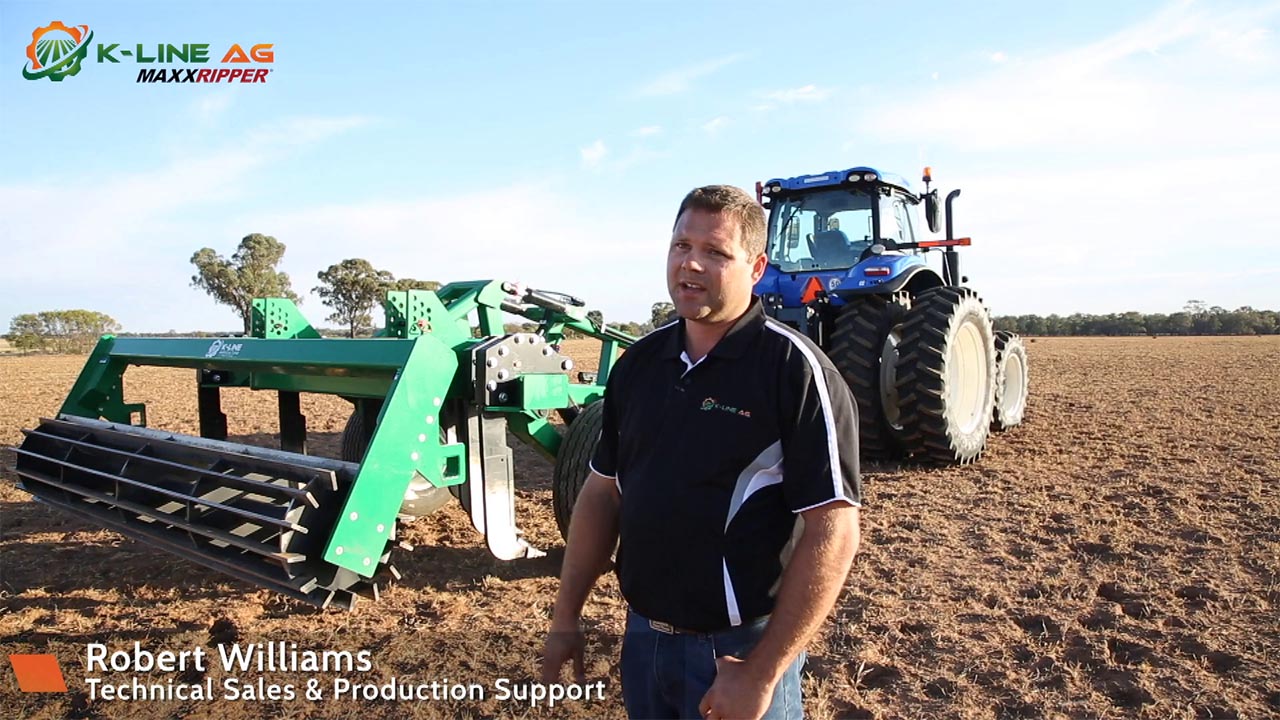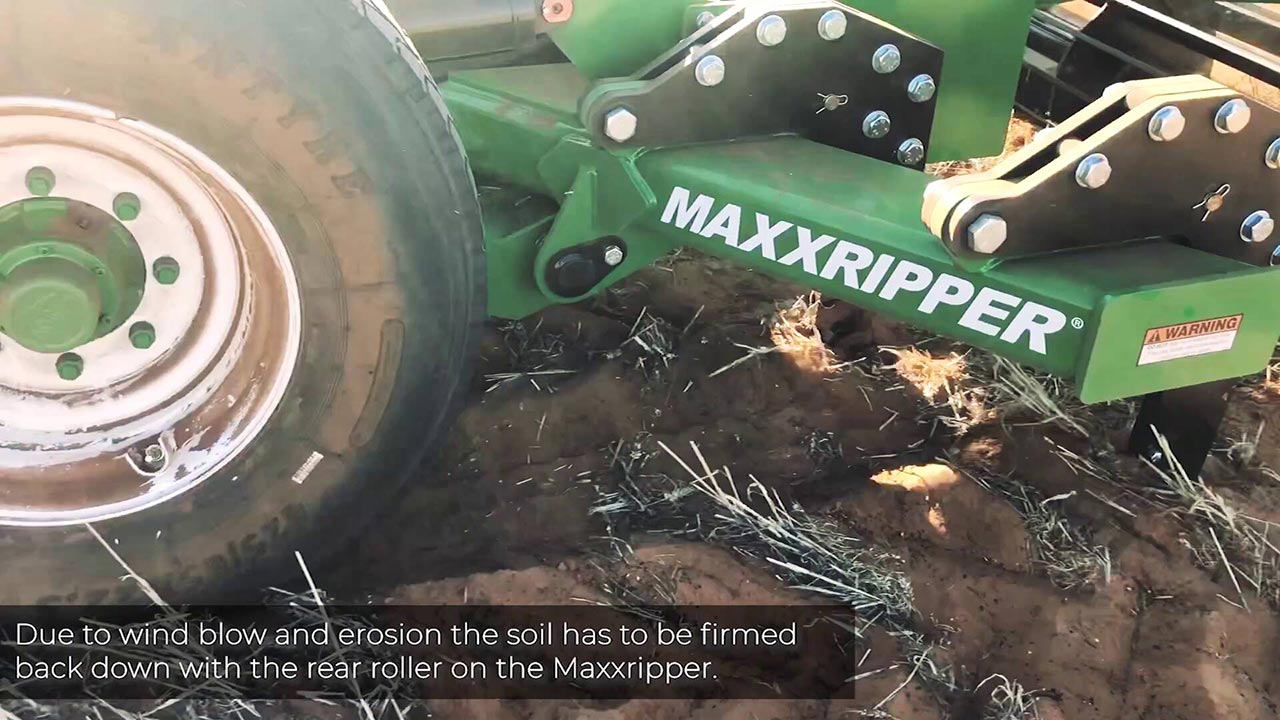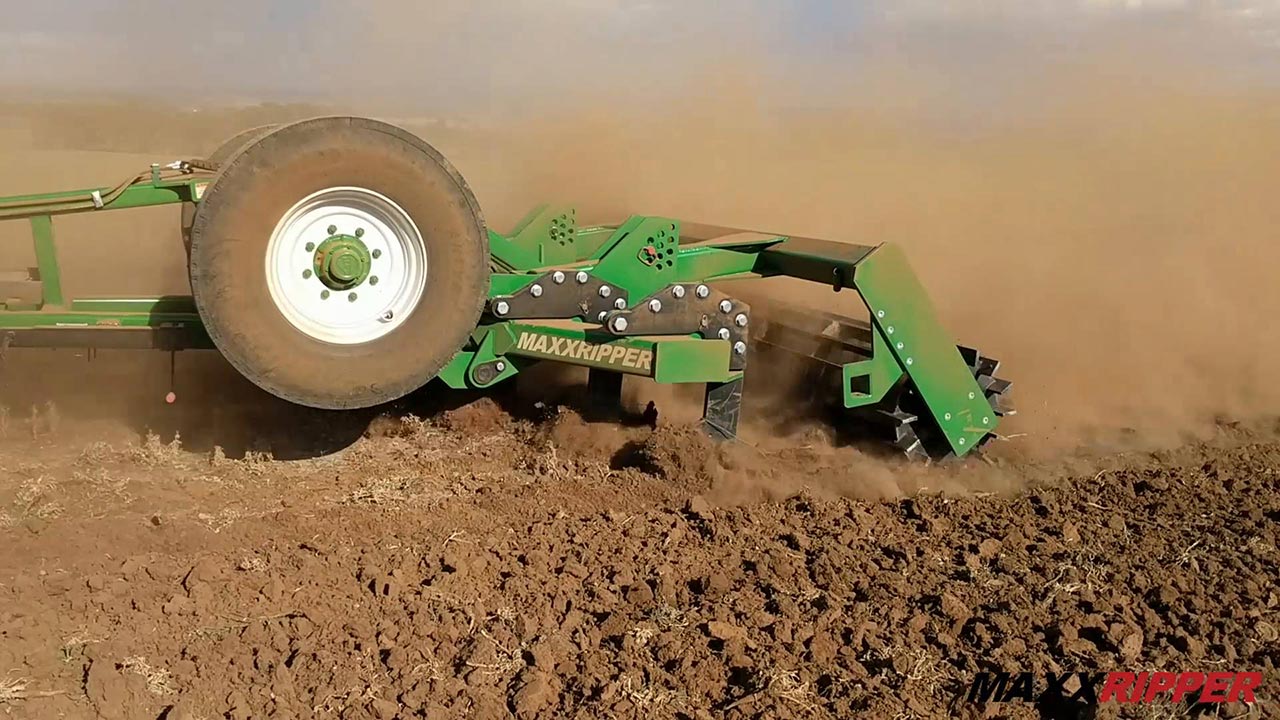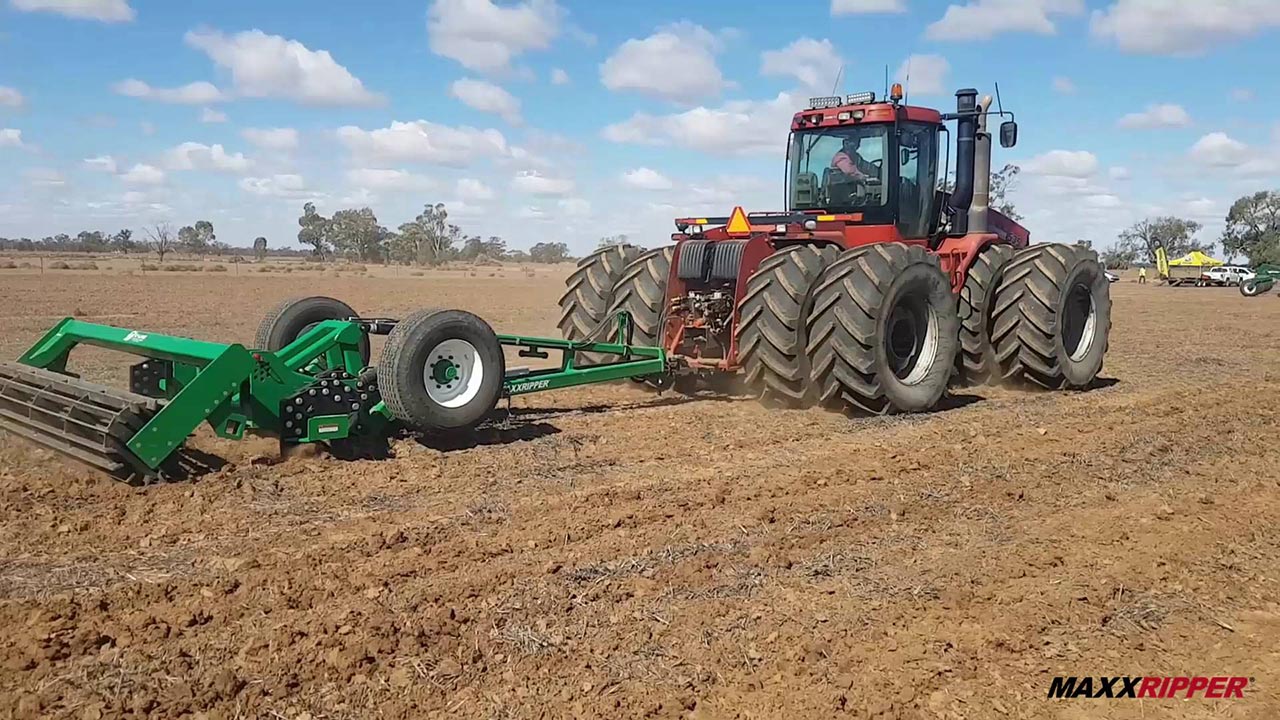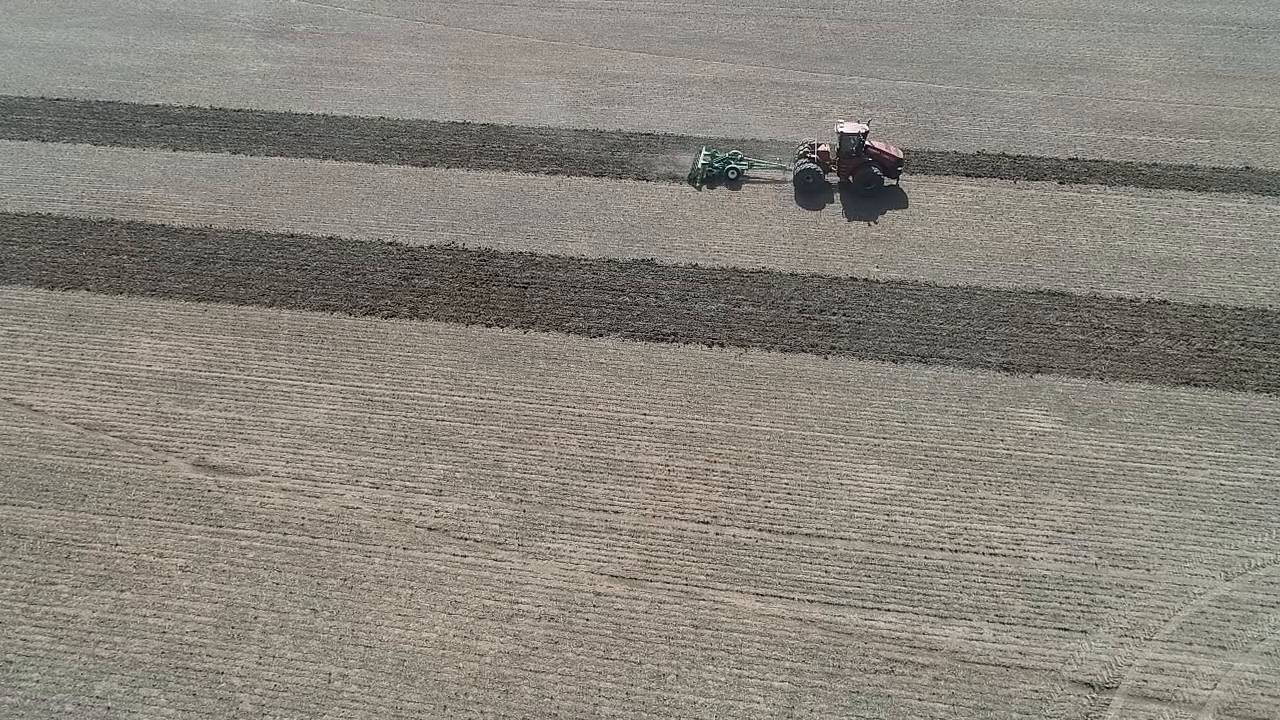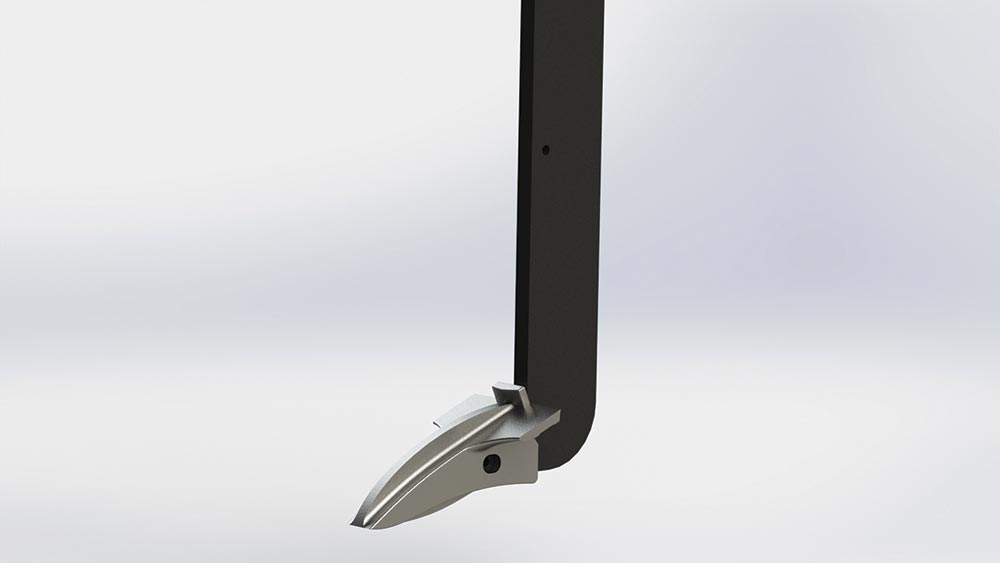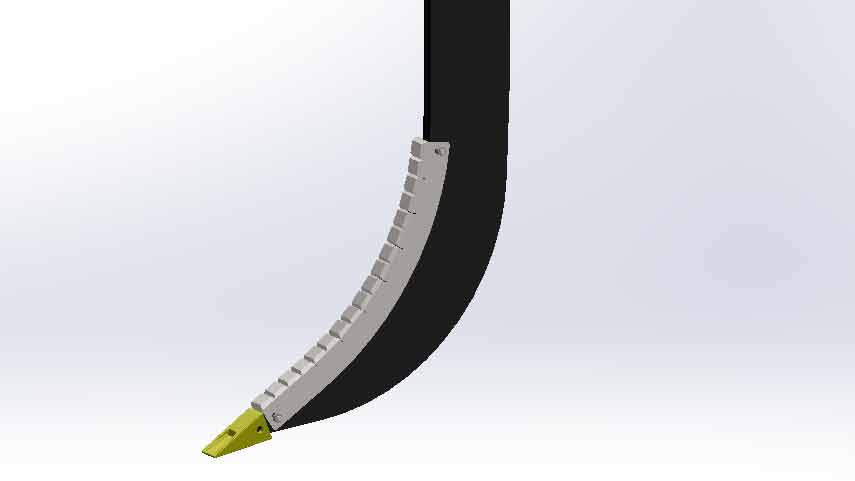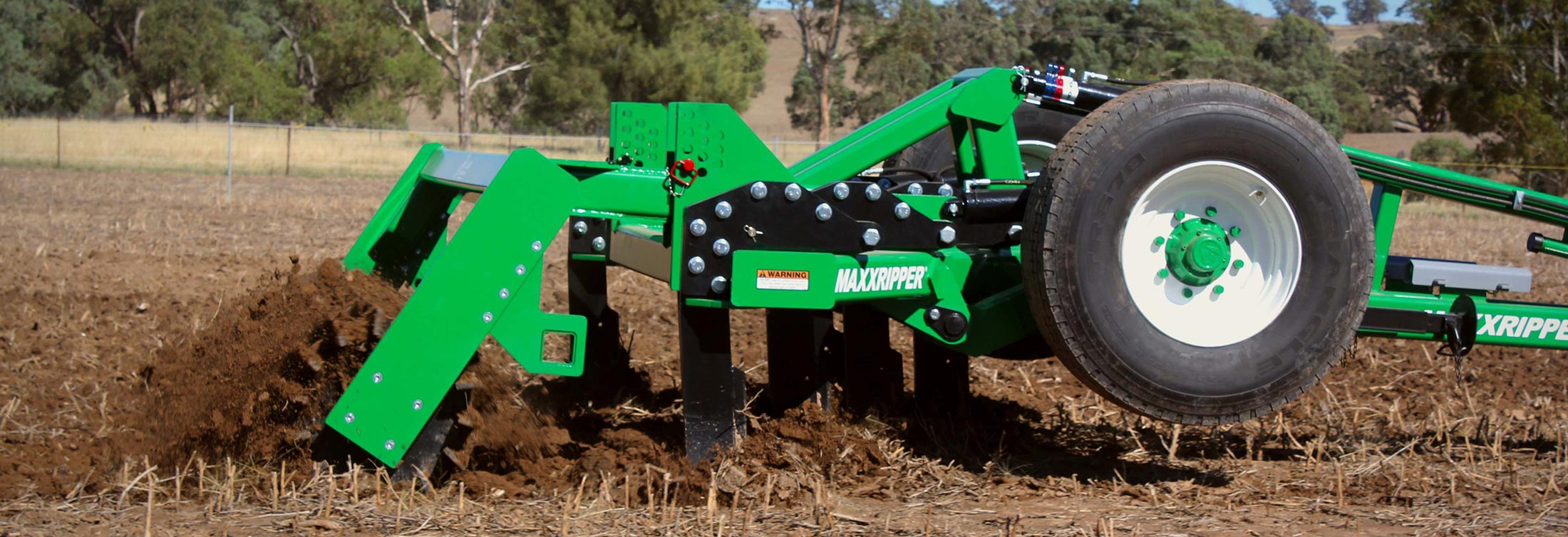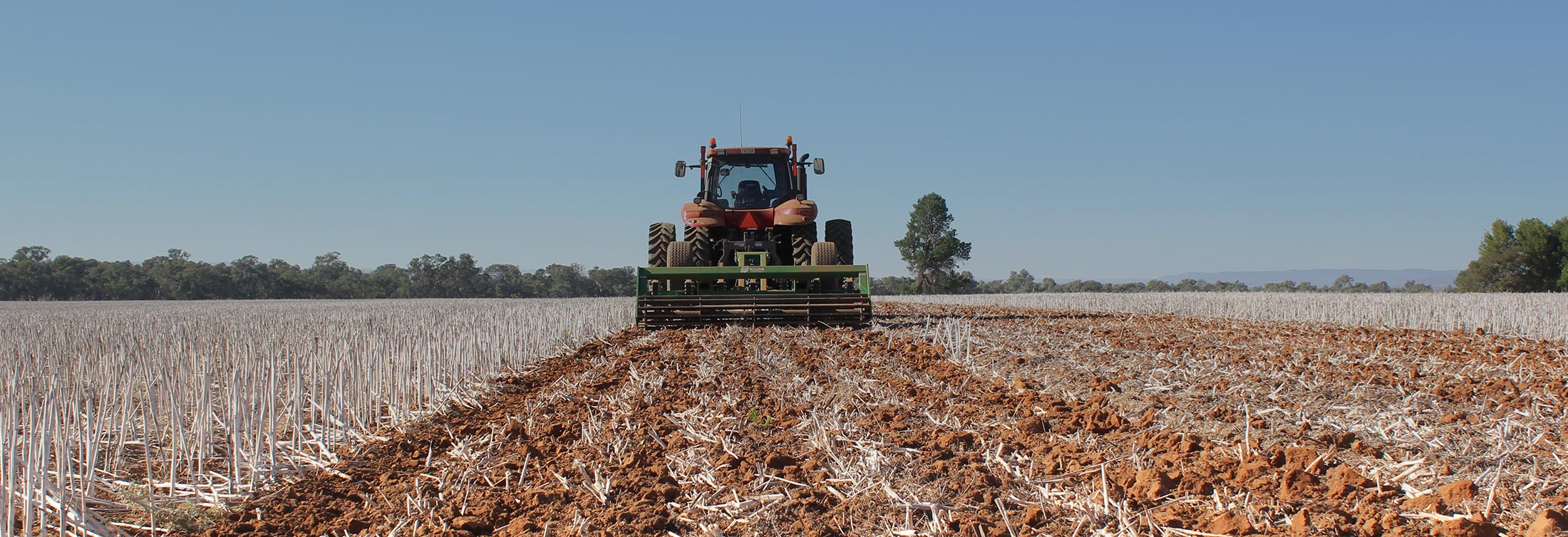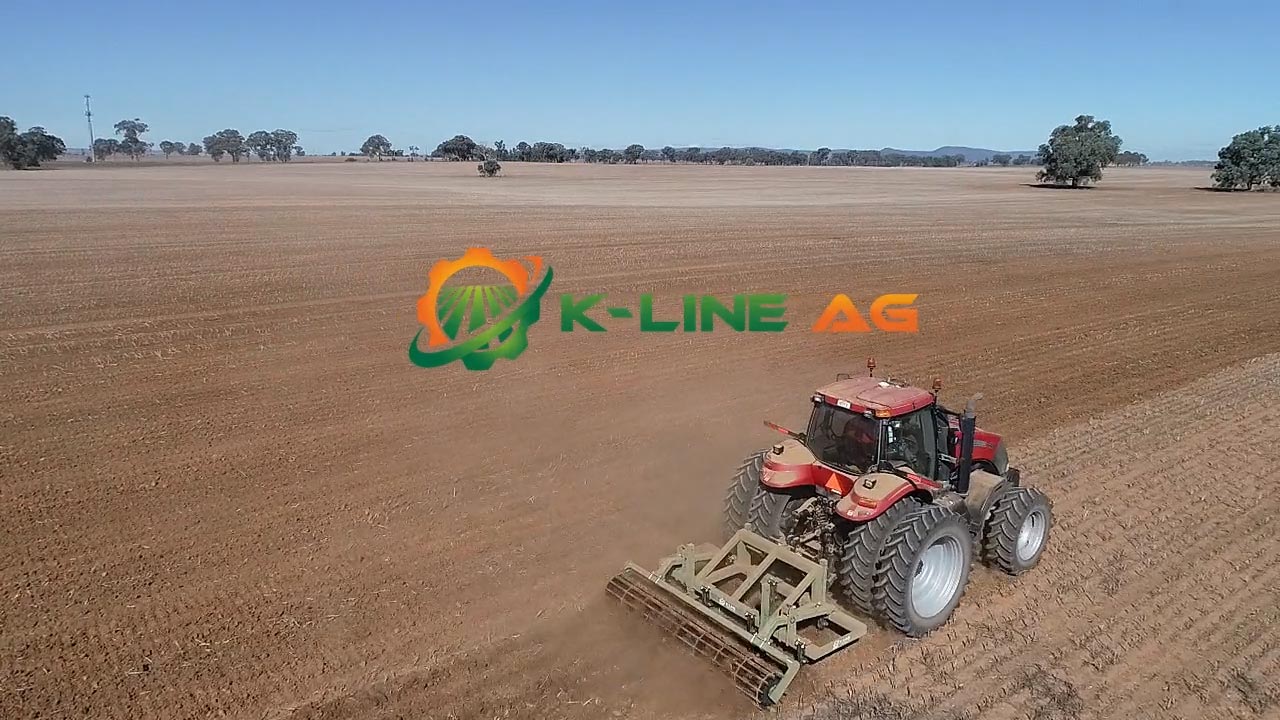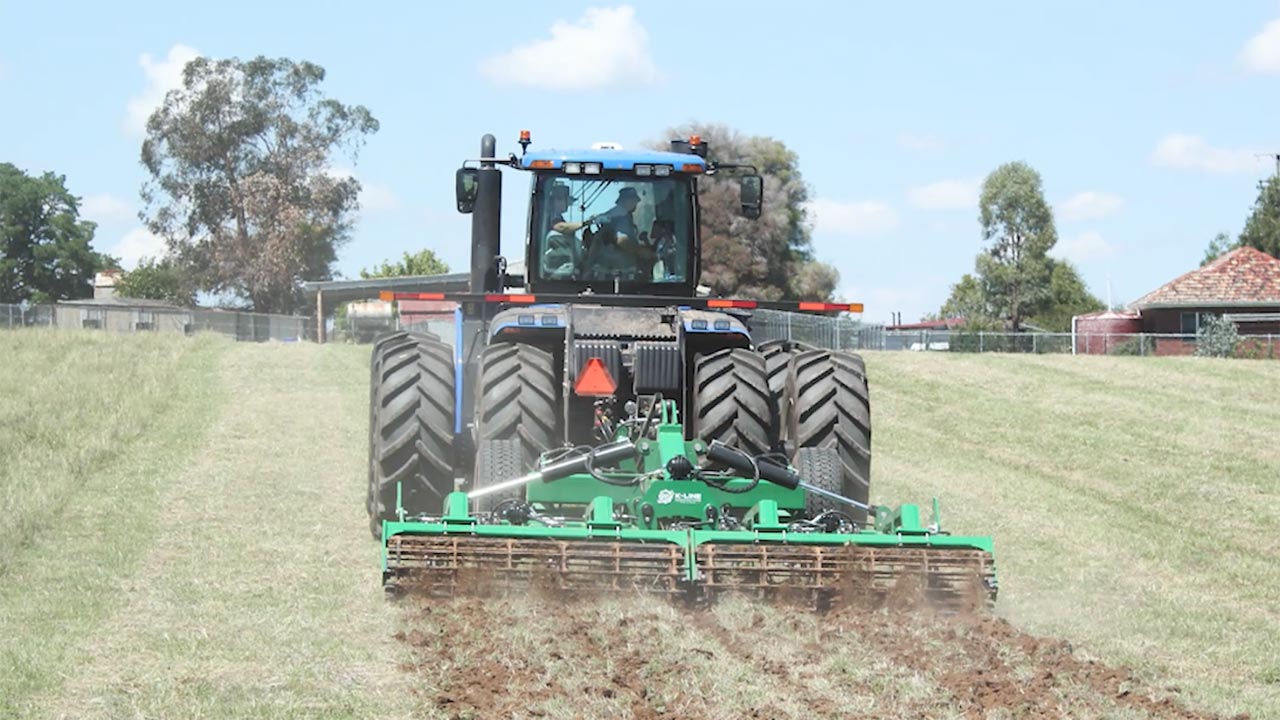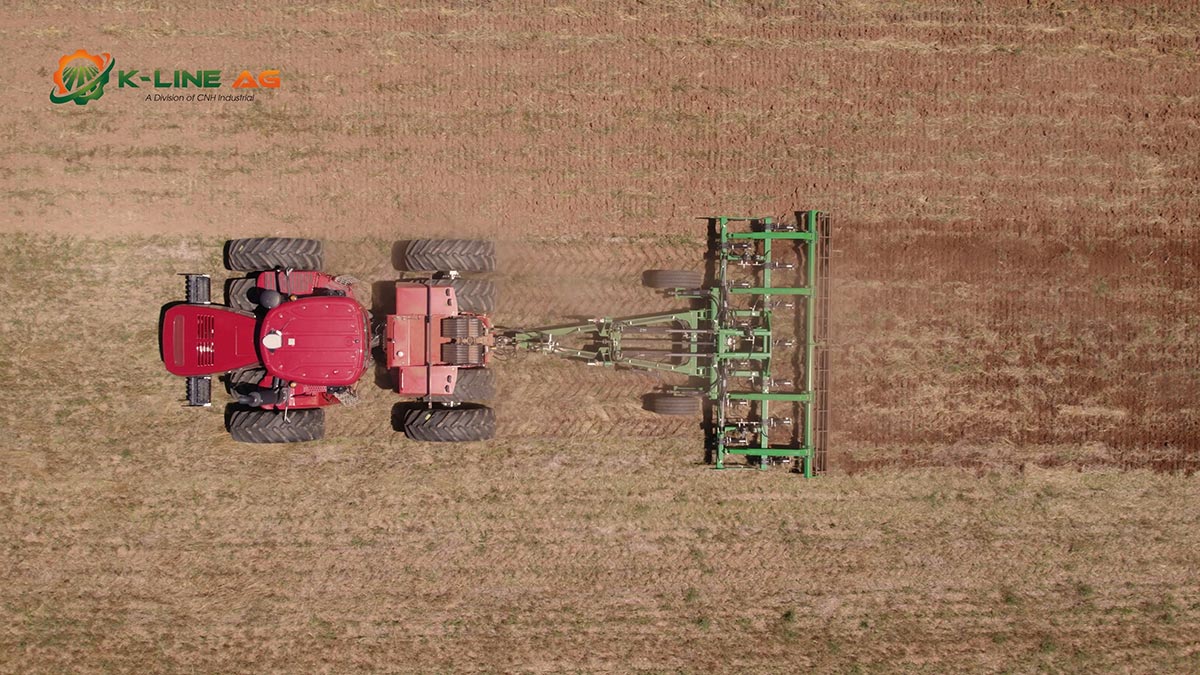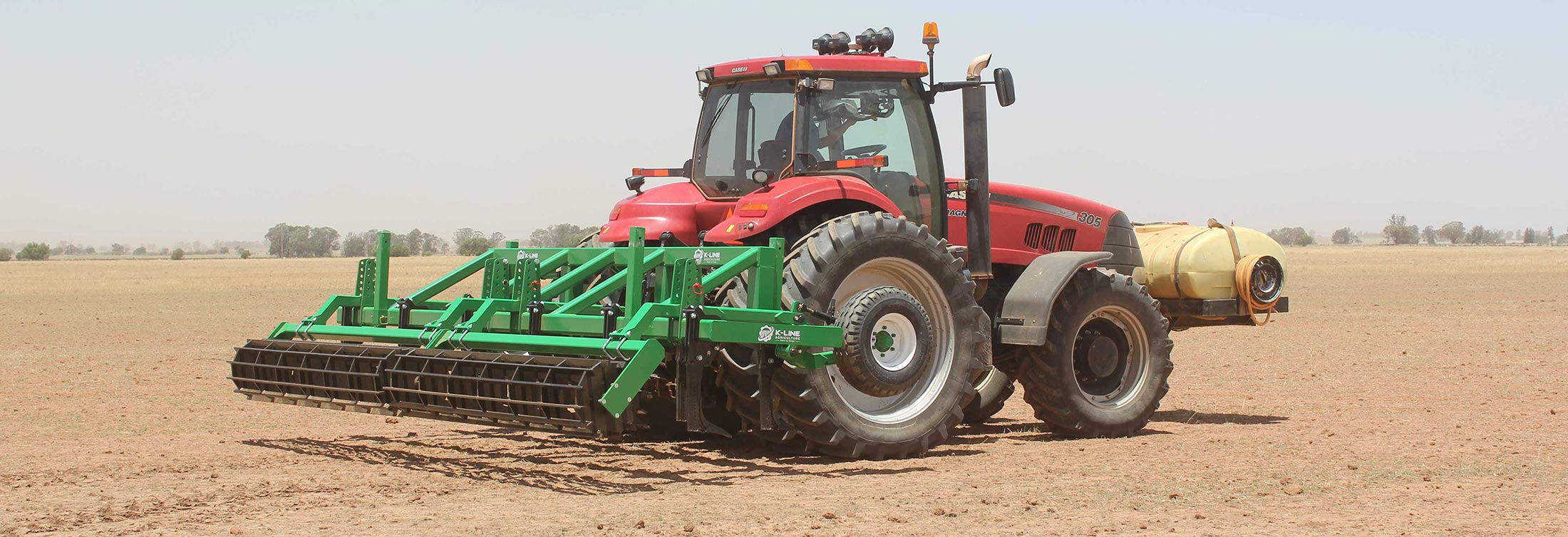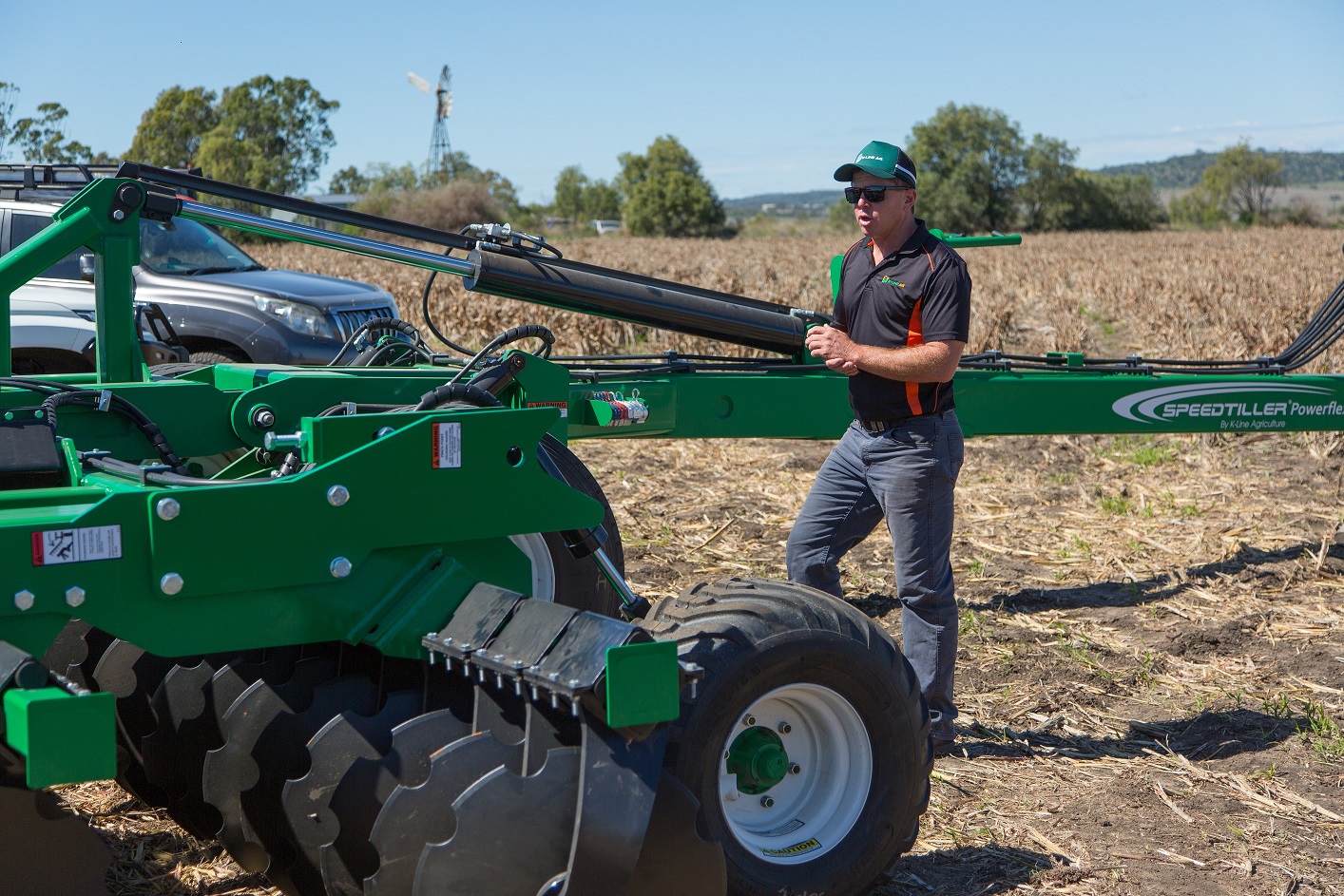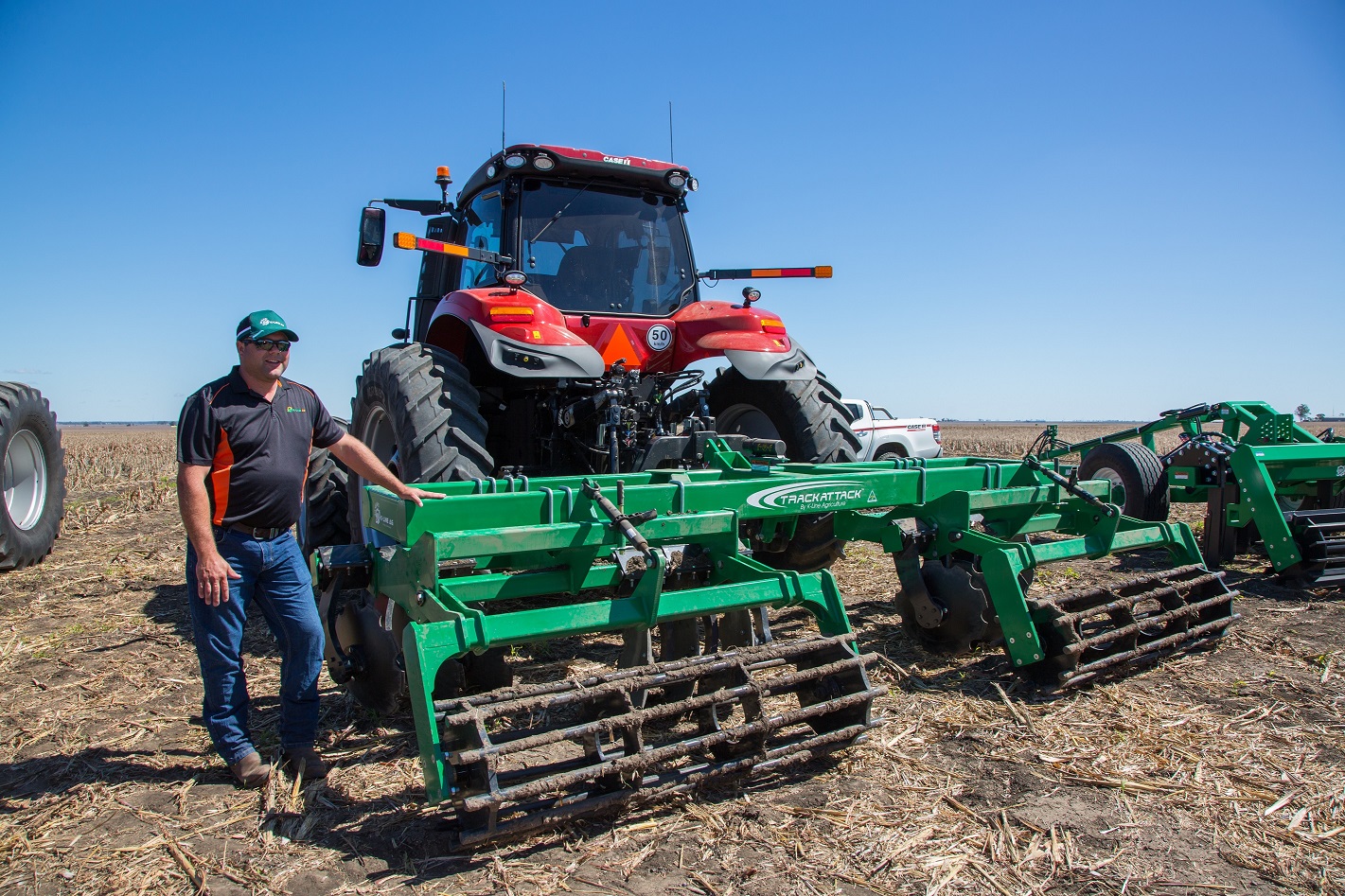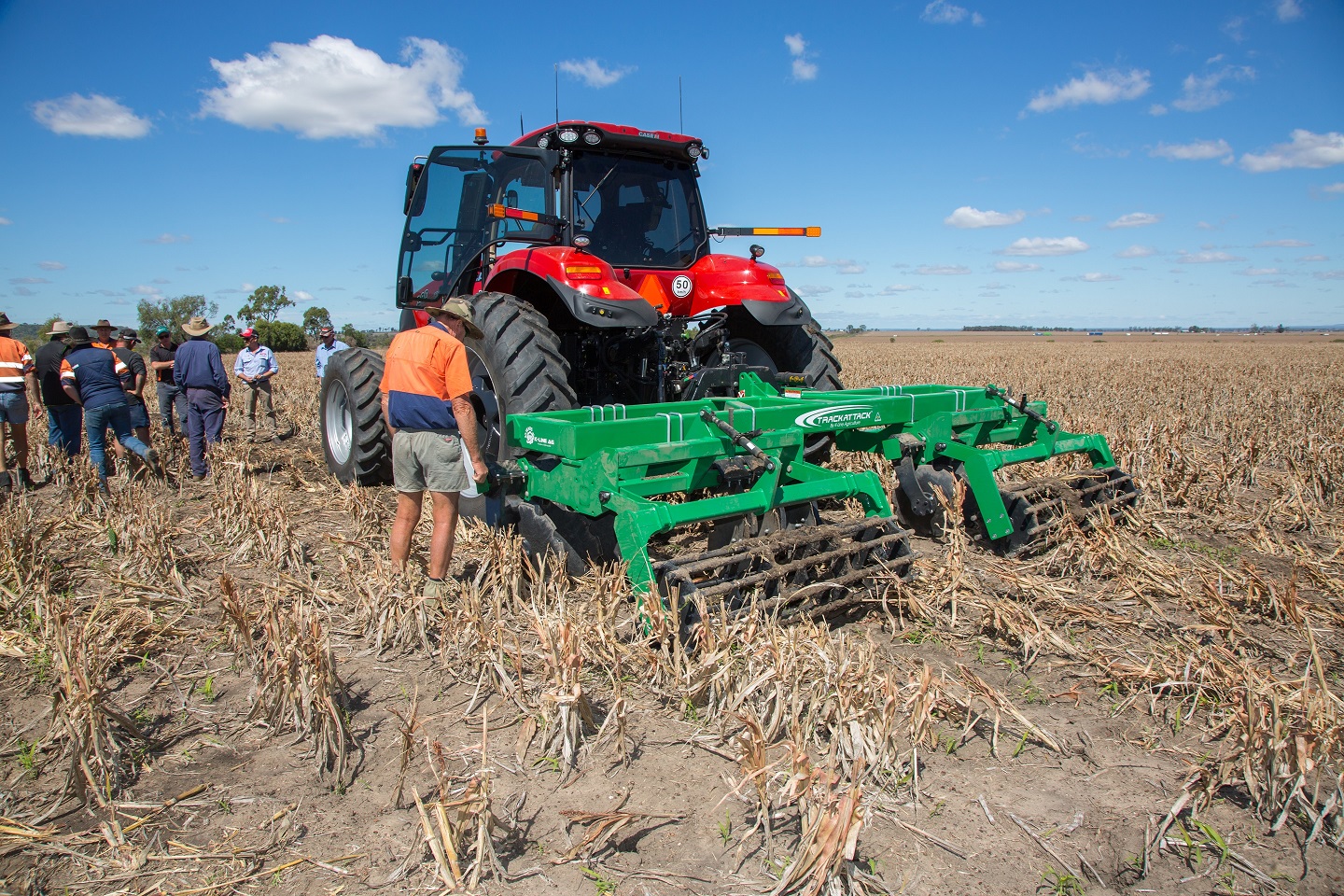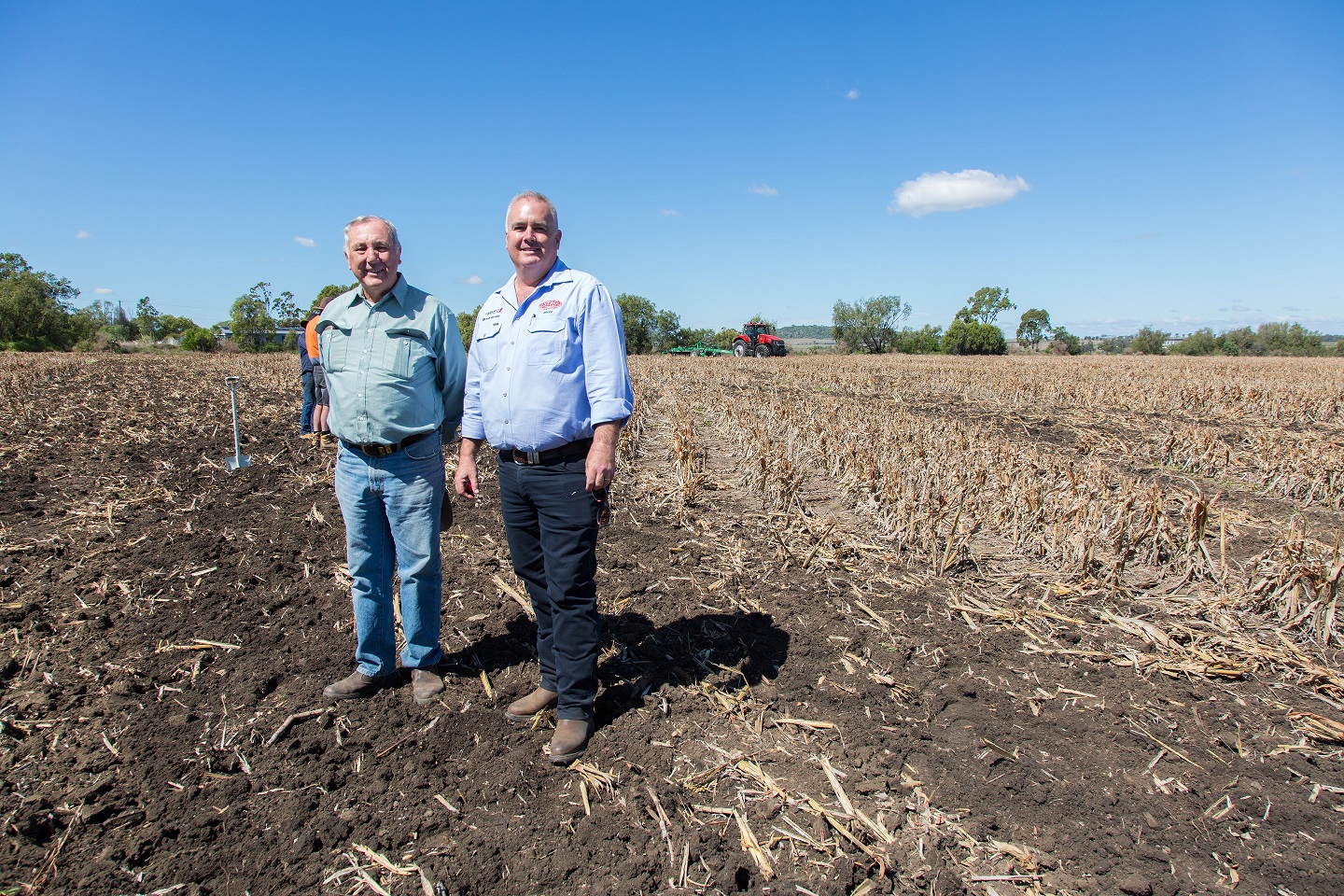A Little Bit of March Madness
Holding Product Demo Days is a great way to introduce a little March Madness (the good sort)!
We held two demo days in March 2019, together with Cowra, Forbes and West Wyalong Machinery Centres. These days offered a great chance for local (and not-so local) farmers to view ripping and tillage demonstrations, be among the first to get a glimpse of new K-Line Ag products, and check out a range of New Holland tractors. Its a great opportunity to see our products working in real conditions in the paddock, rather than just displayed in a showroom. Add that to a free lunch, prize giveaways and the opportunity to meet the teams from CMC, FMC, WWMC and K-Line Ag in person… it’s not much wonder these days were a rounding success!
Cowra Demo Day: March 19
Cowra’s Product Demo Day on March 19 was a Ripper of a day! A very welcome few mm of rain the night before settled the dust, which made the demos much more pleasant for onlookers. We had a great turnout of local farmers and others who had travelled from further afield.
Throughout the day we ran a number of product demonstrations: a Speedtiller Powerflex®, 7-tyne MaxxRipper®, and our ‘soon-to-be-released’ SpeedChisel. Watch for this exciting new development to be launched later this year – sign up to our eNews to make sure you get first dibs!
3 lucky attendees came up trumps with our demo day prize draw. Congratulations to Lawrence Parrish of Canowindra, Gary Amos of Cowra, and Tim Johnstone of Woodstock!

K Line Ag Cowra Demo Day March 2019 001

K Line Ag Cowra Demo Day March 2019 002

K Line Ag Cowra Demo Day March 2019 003

K Line Ag Cowra Demo Day March 2019 004

K Line Ag Cowra Demo Day March 2019 005

K Line Ag Cowra Demo Day March 2019 006

K Line Ag Cowra Demo Day March 2019 007

K Line Ag Cowra Demo Day March 2019 008

K Line Ag Cowra Demo Day March 2019 009
West Wyalong Demo Day: March 22
A few days later, the teams headed out to West Wyalong, ready to roll again. It was great to meet the team at West Wyalong Machinery Centre, the newest dealership on board with Forbes Machinery Centre Group. Being a relatively new area for K-Line Ag equipment, this was an excellent opportunity to show our machinery to local farmers and agronomists on their own turf.
The day was off to a great start as the teams and early-bird farmers watched a beautiful storm roll in, bringing with it the desperately needed rain. The dark clouds and the smell of rain put a grin on everyone’s faces… and made for some hasty team work saving the tents from blowing away (check it out below)!
Once the storm had passed, we got on with the product demos. The ground was incredibly hard; it had been flooded a few years ago and then had cattle on it, making for severely tight compacted ground: a great opportunity to demonstrate what K-Line Ag machines are really made of. There’s a reason we build them tough, and build them to work in tough Australian conditions! We ran the MaxxRipper® first to loosen up the compacted ground, and then demonstrated the ability of the Speedtiller Powerflex® to create a beautiful level seedbed.
Congratulations to the lucky winners of the West Wyalong product demo prize draw: Peter Morton of Stockinbingal, and Andrew Forsyth of West Wyalong!
Fab Feedback
For those that haven’t been to one of these field days, they are a must-do. There’s no obligation, you come and you watch and you can have a ride in the tractor, you can walk around the different machinery. And you can also talk to other farmers that have these machines, and get their opinion not just K-Line’s opinion which is really important.

K Line Ag West Wyalong Demo Day March 2019 001

K Line Ag West Wyalong Demo Day March 2019 002

K Line Ag West Wyalong Demo Day March 2019 003

K Line Ag West Wyalong Demo Day March 2019 004

K Line Ag West Wyalong Demo Day March 2019 005

K Line Ag West Wyalong Demo Day March 2019 006

K Line Ag West Wyalong Demo Day March 2019 007

K Line Ag West Wyalong Demo Day March 2019 008

K Line Ag West Wyalong Demo Day March 2019 009
Thank you for your valued support!
We’d like to thank everyone who attended both product demo days for their support; it was great to catch up with some familiar faces, and meet other new ones! We hope you enjoyed the day as much as we did; make sure you follow our social media pages to keep in touch about future events near you. Plus, make sure you check out our Events page for the next events on the K-Line Ag horizon.
To the teams at Cowra, Forbes and West Wyalong Machinery Centres: many thanks for your help to host both days, and for all the work behind the scenes that went into it. Thanks to FarmPix Photogaphy and Brett Naseby Creative for snapping some great footage of both events. And thanks to Andy Smith of Cowra, and Mark & Kylie Warner of West Wyalong, for generously lending us their paddocks for the day!














